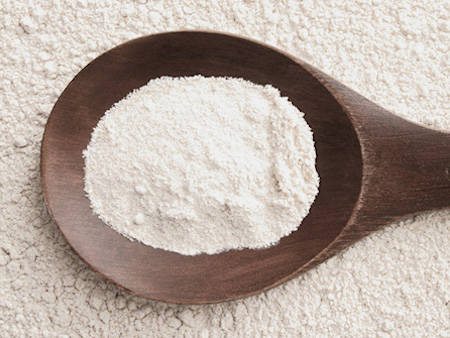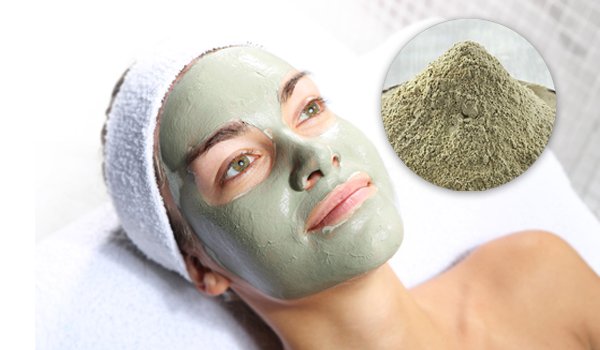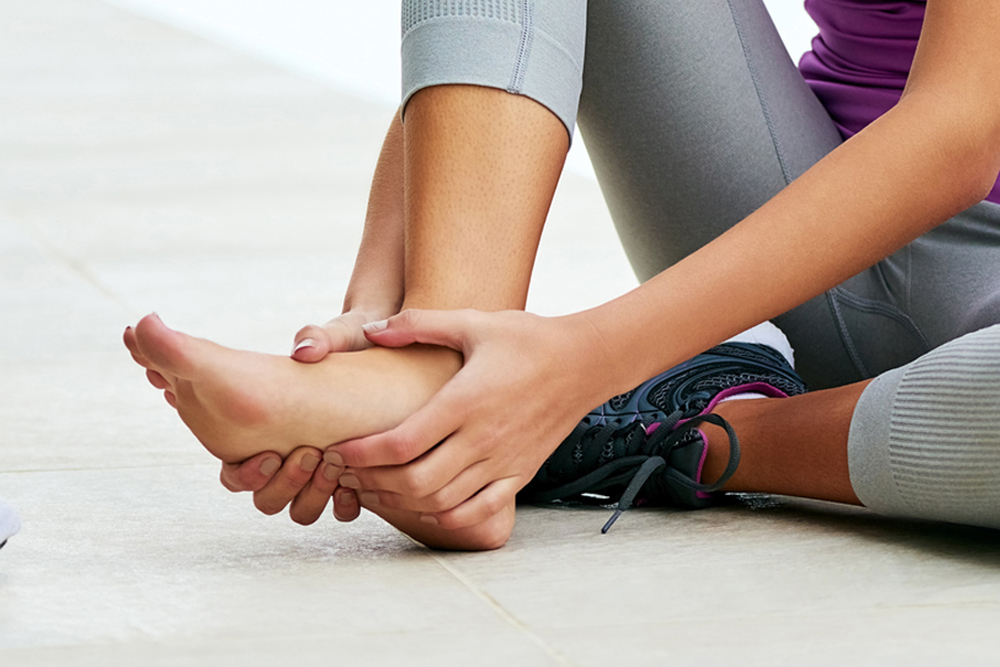Walking is lauded as one of the easiest, most effective, and most accessible forms of exercise, and that’s true—as long as you’re not dealing with foot pain that makes every step agony. According to the American Orthopaedic Foot and Ankle Society (AOFAS), a whopping 80 percent of women have foot problems, which means that for a vast majority of us, going for a walk may be a lot less appealing than sitting on the couch.
For women, this may be particularly true. According to a recent survey conducted by the AOFAS, women are nine times more likely to develop a foot problem than men are, likely because nine out of 10 women wear shoes that are too small for their feet. The result? More than seven out of 10 women develop conditions like bunions, hammertoes, or other painful foot deformities—all of which can take the spring out of your step.
What’s a walker to do—especially if she’s an unabashed high-heel lover? “The first step in fixing chronic foot pain is to understand why you’re having it,” says Olderman. Here, the five most common issues that keep women from pounding the pavement, and what to do for happy feet once again.
Plantar fasciitis
“This is by far the most common problem I see in my middle-aged patients,” says Jeffrey A. Oster, DPM, a podiatrist in Newark, Ohio. Plantar fasciitis is an overuse syndrome that causes painful inflammation of the band of fibrous tissue that runs along the bottom of your foot (called the plantar fascia). “You don’t find plantar fasciitis in children—they heal too quickly. And you don’t find it in older folks because they’re not out there doing activities that would contribute to it,” says Dr. Oster. Yet if you’re somewhere in the 40- to 65-year-old range, you may be more likely to experience heel pain, especially if you’re carrying around extra pounds. “The force on your feet is about 120 percent of your weight,” Dr. Oster says. “Over time, that causes the tissue in the foot to become less elastic,” leading to pain.
The fix: Massage and stretch your feet and calves.
Not only can this help relieve inflammation by prompting a fresh supply of oxygenated blood to rush to the area, but massaging and stretching may also lengthen the plantar flexor muscles, helping them move more freely and with less pain, says Rachel Scott, a medical massage therapist in Lynnwood, Washington. “People tend to focus solely on the bottom of the foot and forget that the plantar fascia is part of a system that starts with the calf muscles and continues through the Achilles tendon,” says Scott. (Give these four foot stretches a try.)
Bunions and hammertoes
These painful deformities of the big toe (bunions) and smaller toes (hammertoes) can be genetic, but they get worse if you consistently wear too-tight shoes, says Suzanne C. Fuchs, DPM, a holistic podiatrist and fitness specialist in New Hyde Park, New York. “These joints commonly become painful when shoes rub against them and cause inflammation, swelling, and redness,” she says. With bunions, a firm, painful bump develops at the base of the big toe, sometimes causing that toe to veer diagonally toward the second toe. Hammertoes happen when one of the toe muscles becomes weak and, as a result, puts pressure on the tendons and joints in one or more toes, causing the toe to stick up at the joint.
The fix: Choose the right shoes.
To help prevent bunions and hammertoes in the first place, make sure you’re wearing shoes with a wider toe box, says Dr. Fuchs. There should be about a half-inch of space between the tip of your longest toe and the end of the shoe. “Your shoes shouldn’t cause too much pressure on your feet and toes or cause them to crunch up,” she says. You might also add specific padding to help alleviate calluses (caused when these enlarged toe joints rub against your shoes), or add orthotics to your shoes, says Dr. Fuchs. “These can improve the biomechanics of the foot, helping to balance the muscles and tendons and stop bunions and hammertoes from worsening.”
Calluses
While most of us think of these areas of thick skin as simply unsightly, calluses are pressure spots that can be painful when you walk, says Dr. Oster. Interestingly, they’re actually the body’s way of preventing painful blisters from developing. Without a callus, the pressure and friction would irritate your skin to the point of creating those painful, fluid-filled bubbles you know as blisters. However, that doesn’t help if your calluses—oftentimes on the ball of the foot, the heel, or the top of bunions or hammertoes—keep you from walking or running around comfortably.
The fix: Soak, then soften.
To treat calluses at home, soak your feet in warm water and then apply a moisturizing lotion that’s loaded with glycolic acid, lactic acid, or urea. ( We like Eucerin Advanced Repair Light Feel Foot Creme.) These ingredients can help soften the skin and minimize the callus. If your callus is especially large or painful, schedule an appointment with a podiatrist or dermatologist who can remove it with a surgical blade or give you a shot of cortisone if your pain is particularly bad.
Achilles tendonitis
Your Achilles tendon, which attaches to your heel bone at the back of your foot, can become irritated and inflamed when it’s overused, says Dr. Fuchs. The result is tendonitis, and runners are particularly susceptible, she says, as are those who regularly wear high heels. Other potential, though not as common, causes include inflammatory illnesses such as rheumatoid arthritis or gout.
The fix: Rest, ice, repeat.
The sooner you nip this problem in the bud, the better, Dr. Fuchs says, which is why she recommends avoiding any activity that aggravates your pain for a week to a month. When you feel even a little twinge, ice the area ASAP. Your doc may also suggest you take a non-steroidal anti-inflammatory (like Motrin or Advil) to ease your discomfort and quiet the inflammation.
Morton’s neuroma
This condition causes pain in the ball of your foot that commonly radiates toward your third and fourth toes, says Dr. Fuchs. “It can feel as if you’re standing on a pebble that’s stuck in your shoe,” she says. As if you needed another reason to curse the creation of high heels: They can be a trigger for this painful condition. So can high-impact sports like tennis, running, or, yes, walking. The repetitive pounding on hard surfaces can cause trauma to the nerves that lead to your toes. People who have bunions, hammertoes, high arches, or flat feet are also at higher risk for Morton’s neuroma.
The fix: New shoes, custom orthotics, and possibly cortisone injections.
First, your doc will order x-rays to rule out other problems, and may follow up with an ultrasound or MRI, which are better diagnostic tools for revealing soft tissue abnormalities. Then, you may be in for a new-shoe shopping spree, as ill-fitting shoes contribute to your problem and make the pain worse, says Dr. Fuchs. “You might be able to try arch supports, foot pads, or custom orthotics, which will help contour and cushion your foot while you walk,” she says. If these more conservative tactics don’t work, cortisone injections or even surgery to relieve the compression on the nerve could be options.























